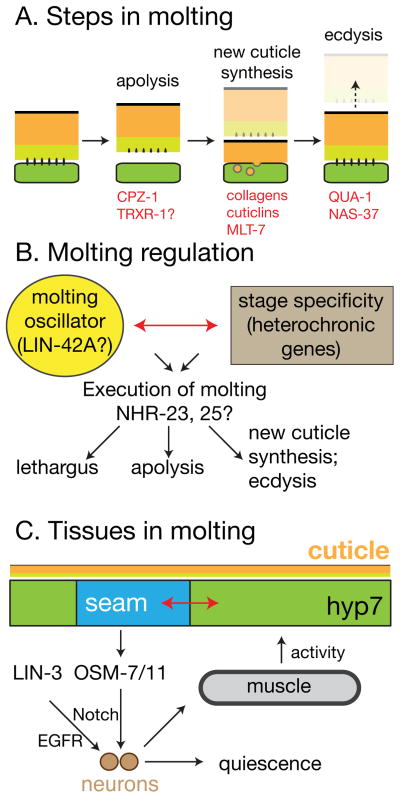FIGURE 4. Stages, pathways, and tissues involved in molting.
(A) Molts have been divided into three main stages: apolysis, cuticle synthesis, and ecdysis. Some genes may be involved in more than one stage. Proteases such as CPZ-1 are involved in apolysis. Ecdysis (separation of old cuticle) also involves a complex set of motor behaviors not depicted here. (B) Genetic pathways regulating molting. Highly speculative outline of possible regulatory relationships, partly based on 126. Not all regulatory interactions may apply to all molts. (C) Tissue coordination during molts. The focus of LIN-42A function in molting appears to be in the lateral seam. LIN-42A might directly or indirectly regulate epidermal quiescence signals such as LIN-3 and OSM-7/11, which act on neurons. Quiescence involves decreased muscle contractions, which in turn may affect expression of epidermal molting genes 135.

